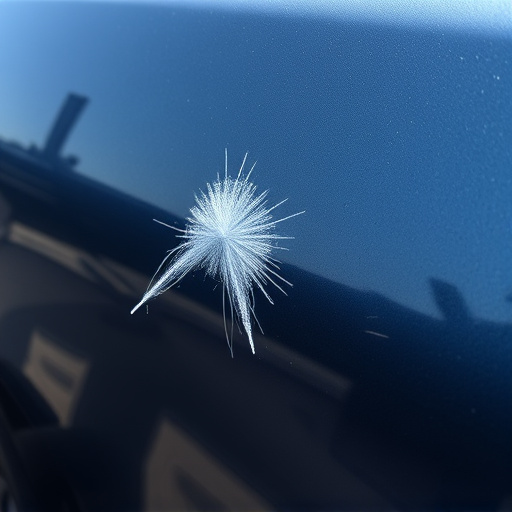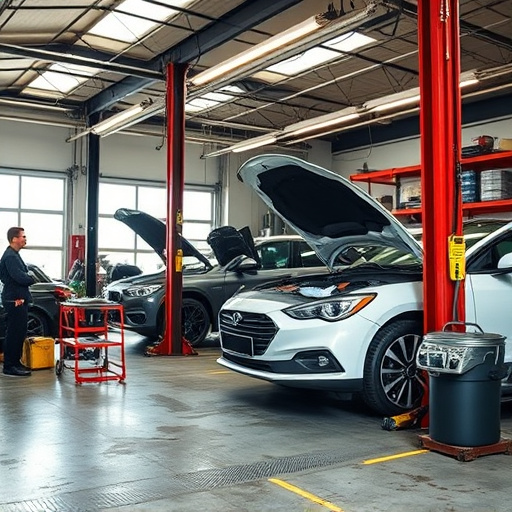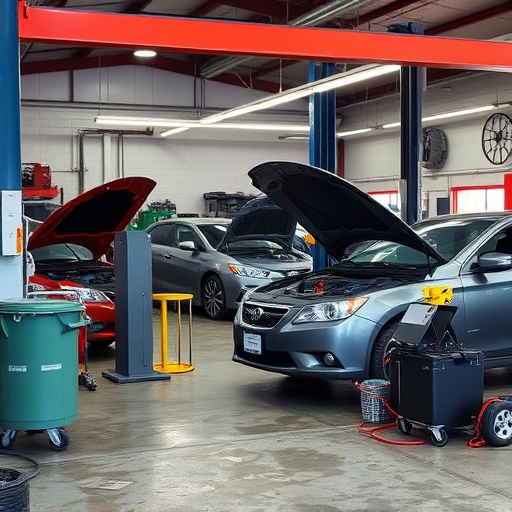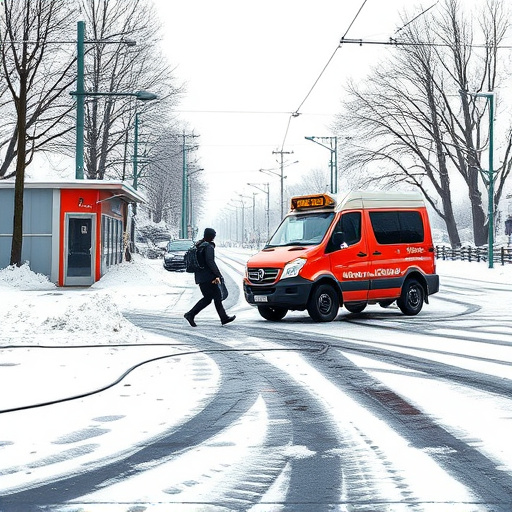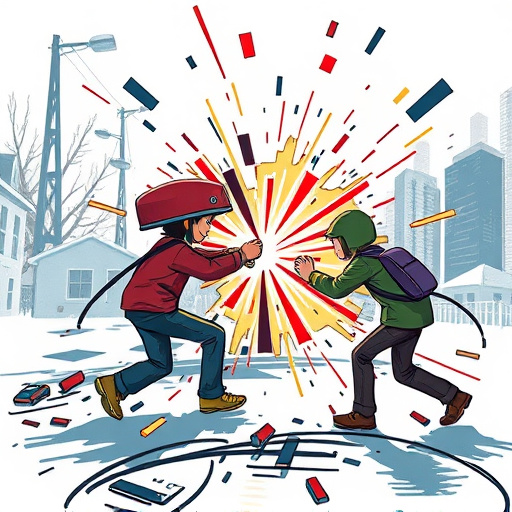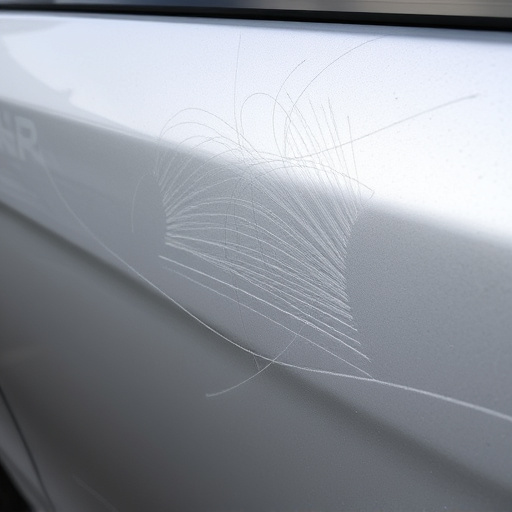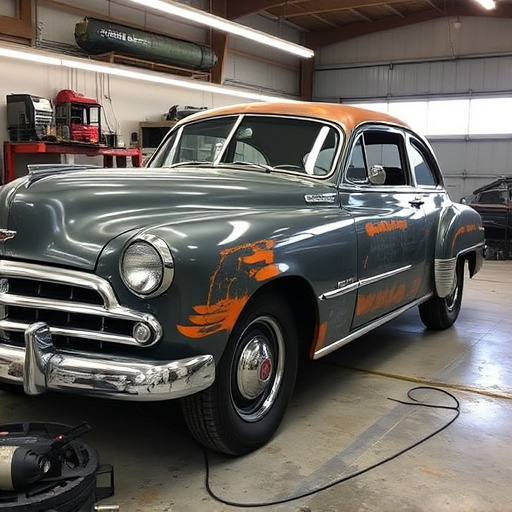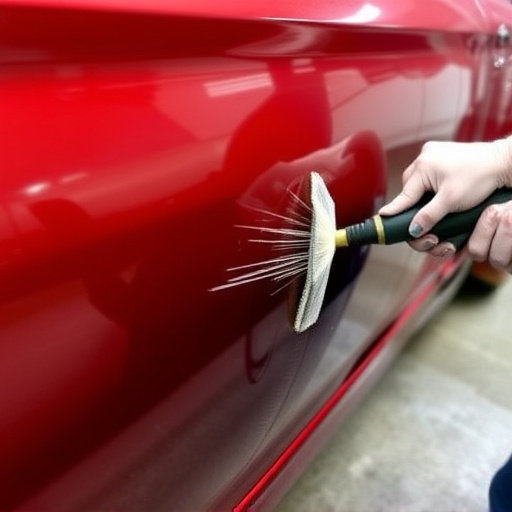Collaboration among skilled team members is essential for thorough brake system collision checks, enhancing safety standards and reducing vehicle downtime. Open communication facilitates faster diagnoses, continuous learning, and improved service quality, ultimately preventing accidents by addressing even minor brake issues stemming from collisions.
In the high-stakes world of automotive safety, collaboration is key during brake system collision checks. This critical process ensures vehicles meet stringent safety standards, preventing accidents and saving lives. By fostering open communication and knowledge sharing among team members, organizations can enhance the accuracy and efficiency of these checks. This article explores how teamwork optimizes troubleshooting, facilitates collaborative analysis, and ultimately prevents collisions, highlighting the indispensable role of collaboration in maintaining safe brake systems.
- Enhancing Safety: Collaboration's Role in Brake System Checks
- Efficient Troubleshooting: Teamwork for Collision Check Success
- Preventing Accidents: The Power of Collaborative Analysis
Enhancing Safety: Collaboration's Role in Brake System Checks
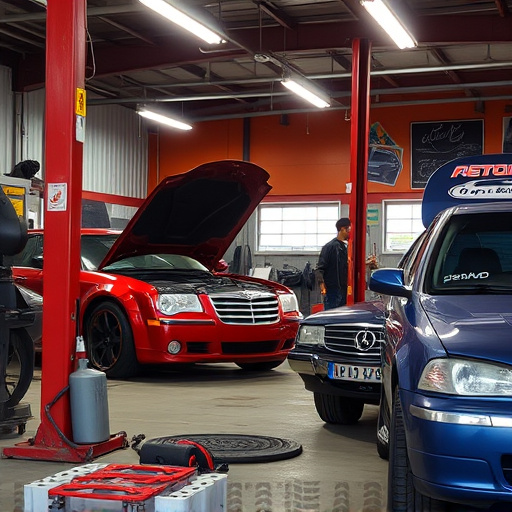
Collaboration is a cornerstone when it comes to conducting thorough and effective brake system collision checks. In a team setting, professionals with diverse skill sets work together to scrutinize every aspect of the brake system, from components to their interactions. This collective approach ensures no detail goes unnoticed, leading to enhanced safety standards for vehicles entering car repair shops and auto repair shops.
By fostering open communication and sharing expertise, collaboration enables teams to identify potential issues that might be overlooked by individuals. This is particularly crucial in complex brake systems where even a minor misalignment or defect can have severe implications. Effective collaboration streamlines the process of frame straightening, ensuring vehicles leave the premises safely and reliably.
Efficient Troubleshooting: Teamwork for Collision Check Success
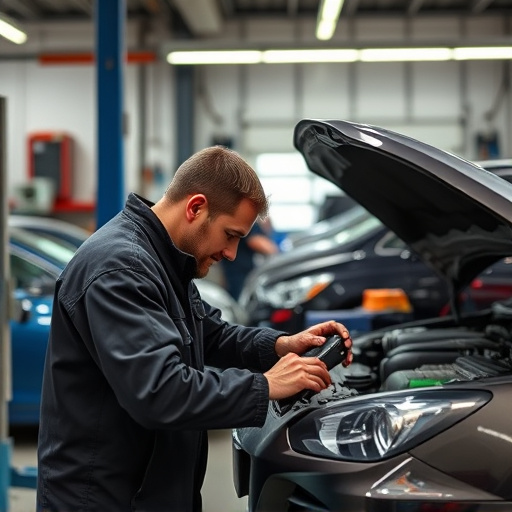
In the realm of brake system collision checks, efficient troubleshooting is paramount to ensuring safety and minimizing downtime. This intricate process involves a collaborative effort among team members, where each plays a vital role in identifying and rectifying issues within the vehicle’s braking mechanism. By fostering teamwork, collision check teams can navigate complex scenarios, such as fender benders or car dent repairs, that may otherwise go unnoticed.
Through open communication and shared expertise, fleet repair services benefit from collective intelligence, leading to faster and more accurate diagnoses. This synergy enhances the overall quality of service, ensuring that vehicles are restored to their optimal condition promptly. Collaboration also cultivates a culture of continuous learning, where team members share insights and best practices, thereby improving their collective capabilities in handling diverse brake system issues, from minor adjustments to major overhauls.
Preventing Accidents: The Power of Collaborative Analysis
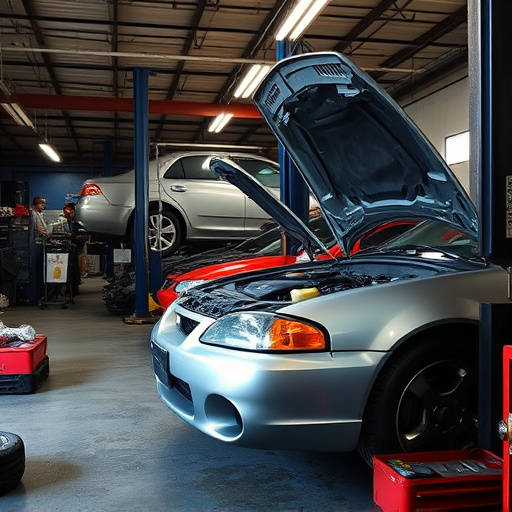
In the realm of brake system collision check teams, collaboration is the unsung hero that prevents potential disasters on the roads. When a vehicle undergoes a collision, whether it’s as minor as a fender bender or a more significant car scratch repair, understanding the complex interplay of the brake system becomes critical. A collaborative analysis involves multiple experts working together to thoroughly inspect and assess the condition of brakes, ensuring they function optimally post-collision.
By fostering open communication and sharing insights, these teams can identify subtle issues that might go unnoticed in isolated assessments. This collective approach is pivotal in preventing accidents, as even seemingly minor collisions can impact brake performance over time. Effective collaboration enables swift decision-making regarding necessary repairs or replacements, ultimately enhancing road safety for all drivers.
Collaboration is key in ensuring the safety and efficiency of brake system collision checks. By fostering an environment of teamwork, teams can enhance their problem-solving abilities, leading to quicker troubleshooting and reduced accident risks. Through open communication and knowledge sharing, each team member contributes unique insights, ultimately strengthening the overall process of identifying and rectifying potential issues within brake systems. Embracing collaboration not only streamlines operations but also plays a vital role in maintaining high safety standards on our roads.
